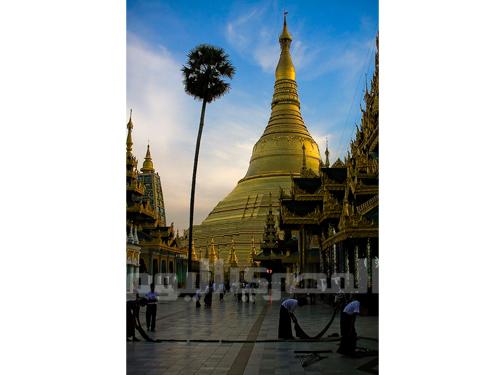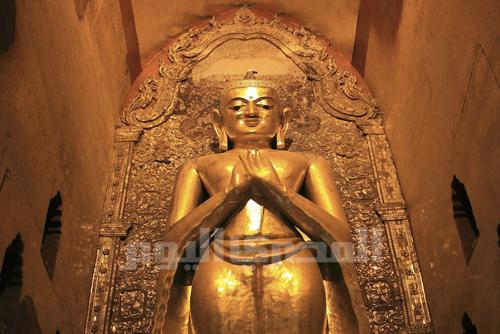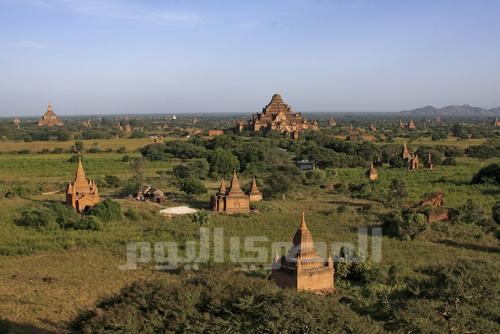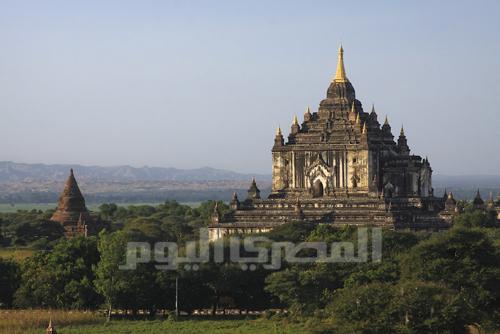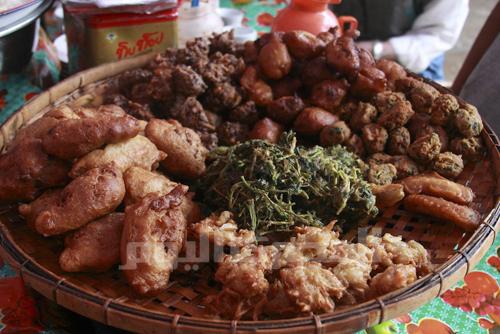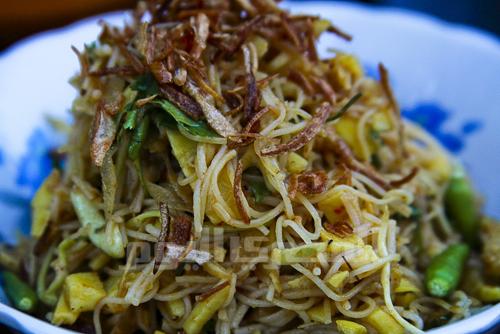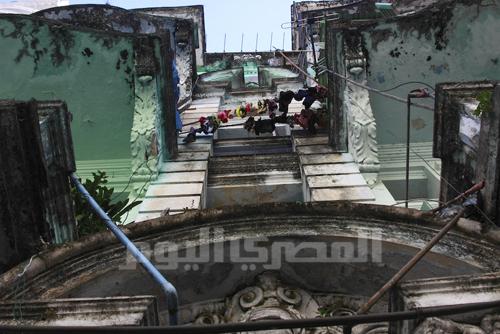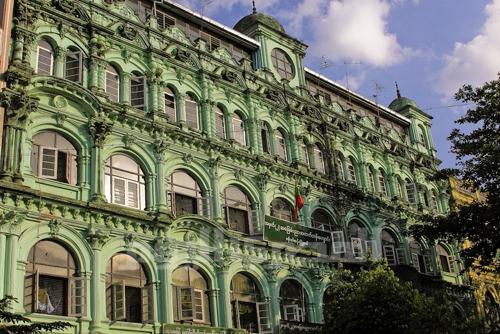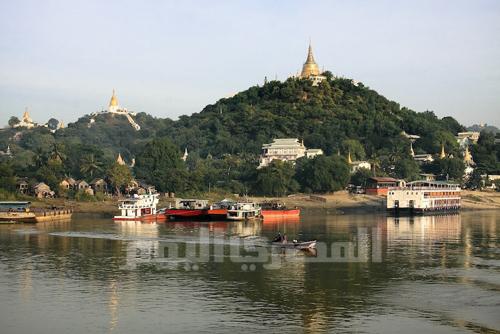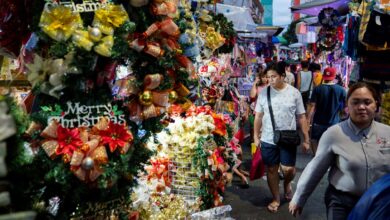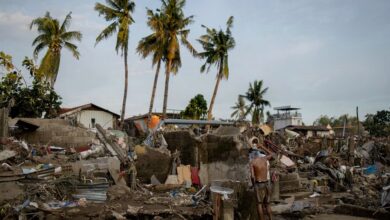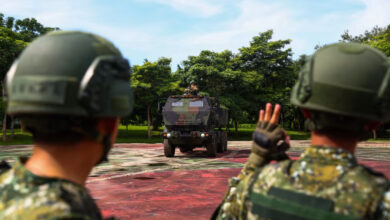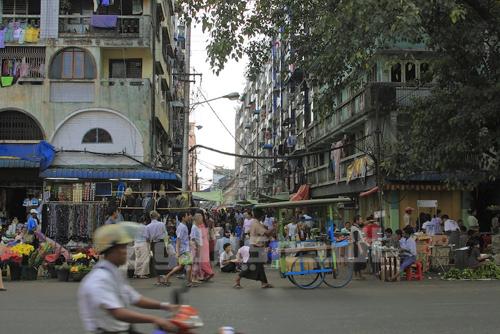
After nearly 50 years under military rule, Burma is turning a page. Aung San Suu Kyi, the Nobel laureate and a paragon of democratic change for many, was elected to a post in the Burmese parliament last month. Meanwhile, the US and other Western governments are in discussions to ease sanctions on the nation also known as Myanmar. But how will Burma’s new political will translate in its tourism?
Like its government’s quickstep towards democracy, it’s too early to tell.
The Southeast Asian country is mainly popular with intrepid backpackers keen on leaving the beaten path, and remains so due to its ongoing visa restrictions and travel limitations. For one thing, overland crossings between bordering India, China and Thailand are still closed, forcing likely travelers to fly in and out of Yangon. And once within borders, the Burmese government curtails access to a conventional route, similar to China’s restrictions in Tibet. It’s a definitive no-no to step off the diamond-shaped tourist trail. But don’t be deterred. The trail is well worth the trial.
A tour of Burma begins and ends in Yangon. The former capital is still Burma’s largest, most vibrant city and home to the Shwedagon Pagoda. Looming over Yangon’s skyline, the most visited attraction and pilgrimage site consists of a gilded pagoda and ornate shrines that surround the stupa. But beyond the famous landmark, Yangon is a walkable, sensory feast for the urban explorer.
A silver lining to the country’s slow development, the architectural record in Downtown Yangon is preserved by remnants of the British colonial era. Resembling Calcutta or Havana, the city is lined with crumbling, turquoise edifices tinged in decay yet continually inhabited.
Under the imperial shadows, narrow streets brim with activity, where the black market is the market. Sidewalk cafes with kid-sized plastic stools and tables that spill out onto the street invite a tea-shop culture. Peddlers of all sorts sell their wares on almost every inch of pavement in a virtual citywide bazaar that leaves little room for pedestrians. On an almost any corner, you can buy yourself a pair of sandals, a poster of Buddha or Justin Bieber, sandalwood, or your own longyi, the quintessential Burmese pant. Worn by everyone and everywhere for formal occasions and daily use, the longyi is a cylindrical cloth that comes in various patterns and fabrics and allows for air circulation during hot summer months.
Burmese culture is a hodgepodge of Bamar, Chinese, Indian, and other South Asian influences, which is no more evident than in its grub. Indian joints dot the city and dish out healthy portions of biryani, while ubiquitous street stalls serve traditional Burmese. Squat down and try the national mainstay, mohinga: vermicelli noodles swimming in a seafood bouillabaisse garnished with garlic, banana stems, lemongrass and spices.
With cheap eats and affordable guesthouses, Yangon can suck you in early on, so plan your itinerary and head out. It is common for travelers, conscious of the allegedly oppressive regime, to ditch the cheaper government trains for private buses.
Mandalay
An overnight bus with air conditioning at full blast — be sure to layer up — drives past the desolate, new capital Naypyidaw and takes us to Mandalay, 700 kilometers north of Yangon. In its heyday the colonial seat was the center for high culture and the object of Rudyard Kipling’s Orientalist ballad, but today Mandaly is rundown and overrun by Chinese settlers and prefabricated tenements. That said, you could see Mandalay in a day, or skip it altogether. If you’re so inclined, self-guided tours on bicycle to Mandalay Hill or a day trip to Amarapura to see the world’s longest teak bridge are your best bet.
Bagan
A slow, eight-hour boat ride down the Ayeyarwady River from Mandalay to Bagan allows time to catch up on George Orwell’s Burmese Days and to take in the scenic views of small pagodas and equally small villages against the riverbed. Like Cambodia’s Angkor Wat, Bagan is for temple lovers and houses the largest concentration of Buddhist ruins that date back to the 11th century. But unlike Angkor Wat’s temples teeming with tourists, Bagan’s countless temples across its wide, lush plain make visitors feel as if they are completely alone. Inside the temples, Buddhist murals are faint but traceable. Meandering through the dark, cool corridors filled with statue after statue of Buddha’s image congers a thrilling sense of discovery à la Indiana Jones. By night, an adjacent row of cheap lodging and higher end resorts maintain the natural quiet. Two nights in Bagan is more than enough, or until you’re “templed out.”
Inle Lake
A shoddy bus ride eastward towards the mountain town of Kalaw brings a change in landscape. In the heart of Kalaw, find a nameless, U-shaped bar. Its cramped space and cheap brew make for great conversations with locals. An early morning mist sets up a perfect climate for hikers to start a descent to Inle Lake. The three-day trek over red clay trails is punctuated by pit stops at villages of local hill tribes. In contrast to the teahouse trails of Nepal, these villages were not built for the sake of tourism but are real, living villages. Cheap boat rides on Inle Lake are a notorious tourist trap but are recommended. Boat drivers take tourists to craft workshops where drivers get a commission on purchased items. Be aggressive and demand more time on the lake itself.
Back to Yangon
A quick flight or a final overnight bus from Inle Lake to Yangon ends the loop. Back in the city — if you dare — do as the Burmese do and fill up on the local pasttime of betel nut chew. Take to any of the betel nut stands and have the vendor garnish your wad with cardamom or chili. Lodge the leafed pocket between your cheek and gum and let it marinate. The effect is more similar to that of tobacco than of Yemeni qat. Spit as you please, and note the spatter that literally paints the town red.
It is needless to say that years of isolation from the outside world have kept Burma practically untouched by globalization and its brands. Here, credit cards are reduced to mere plastic and cell phones are rare to non-existent. With no ATMs, remember to bring US dollars in pristine condition — this can’t be emphasized enough — preferably 100-dollar notes for best rates, and exchange them at the Scott Market in Downtown. Check for cheap flights on AirAsia from Bangkok or Kuala Lumpur and get your visa just ahead of departure. Processing time can take up to three days.
And though an imposition to Burma’s development, the constricted situation affords a rare and raw glimpse of localized culture, and locals dependent on the trickling tourism should be supported. Prospects underway for a more open Burma signal those who haven’t been or who have previously objected to visit soon before it potentially becomes a sterilized tourist hub, sold out on its traditions and saturated with touts and cheap thrills.

